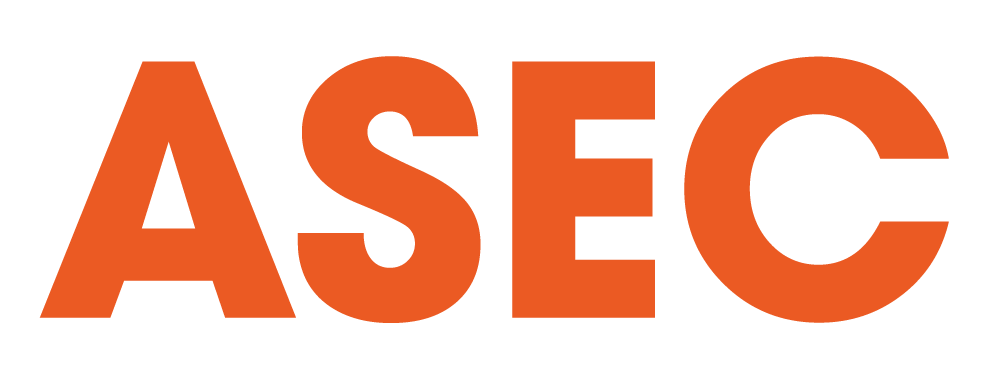Globally certified. Locally accessible.
Occupational Hazardous Material Response training
Strengthen the competency of your staff in dealing with chemical or hazardous material spillage and leakage in the workplace. HRD Corp claimable.
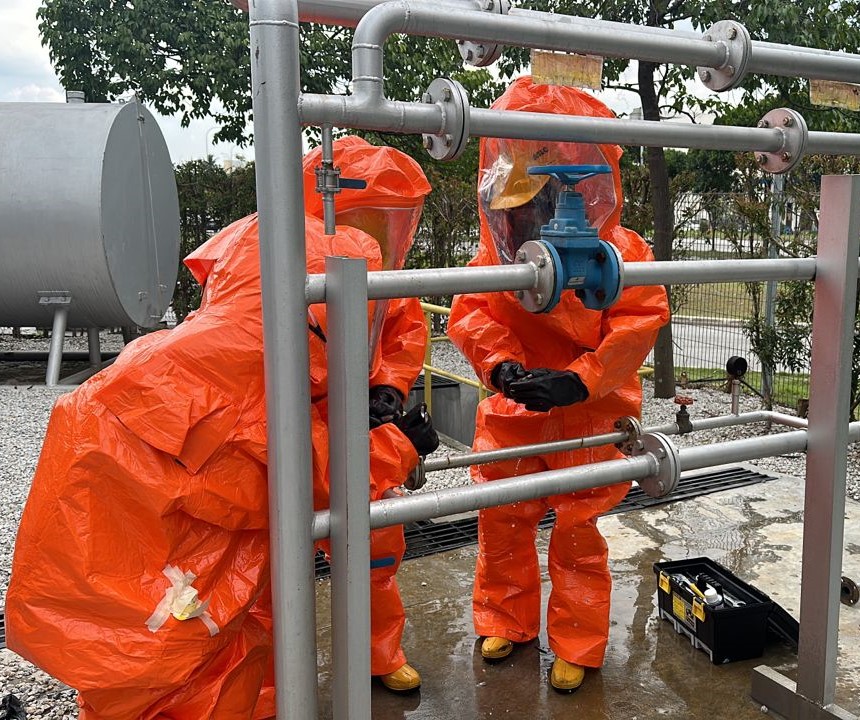
Trainings designed in accordance to

National Fire Protection Association (NFPA) guidelines of the United States
Trainings designed by trainers certified by
National Board on Fire Service Professional Qualifications (Pro Board)
ASEC is designated as

TOP 20 HRDF Training Provider with 5 stars excellence in delivery in 2017
Hazmat response training for all levels of competent responders
Every level plays a part in ensuring your organization’s needs in firefighting are covered.
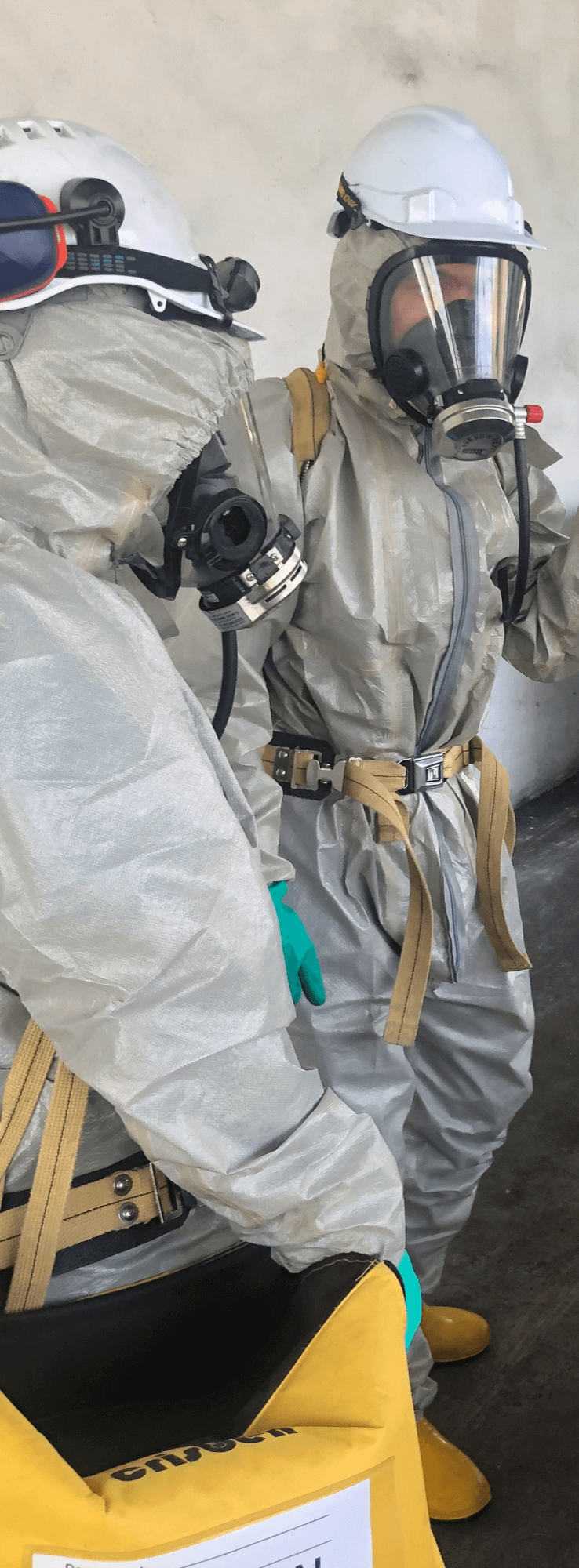
2-4 hours ║ No assessment
Topics are fully customizable based on the audience.
2 days ║ Theoretical assessment ║ Certificate of Competency
This training equips hazmat responders with actionable skills and confidence to act with the right approach to contain chemical spillage and leakage until professional help arrives.
5 days ║ Theoretical & practical assessments ║ Certificate of Competency
This training equips hazmat responders with in depth specialized skills to deal with chemical spillage and leakage incidents at industrial settings with teamwork.
3 days ║ Theoretical assessment ║ Certificate of Competency
This training equips emergency response team leaders with leadership skills in ERT activation during an emergency incident.
Hazmat response training conducted at your workplace
For organizations that value the employees’ preparedness in facing chemical spillage and leakage incidents.

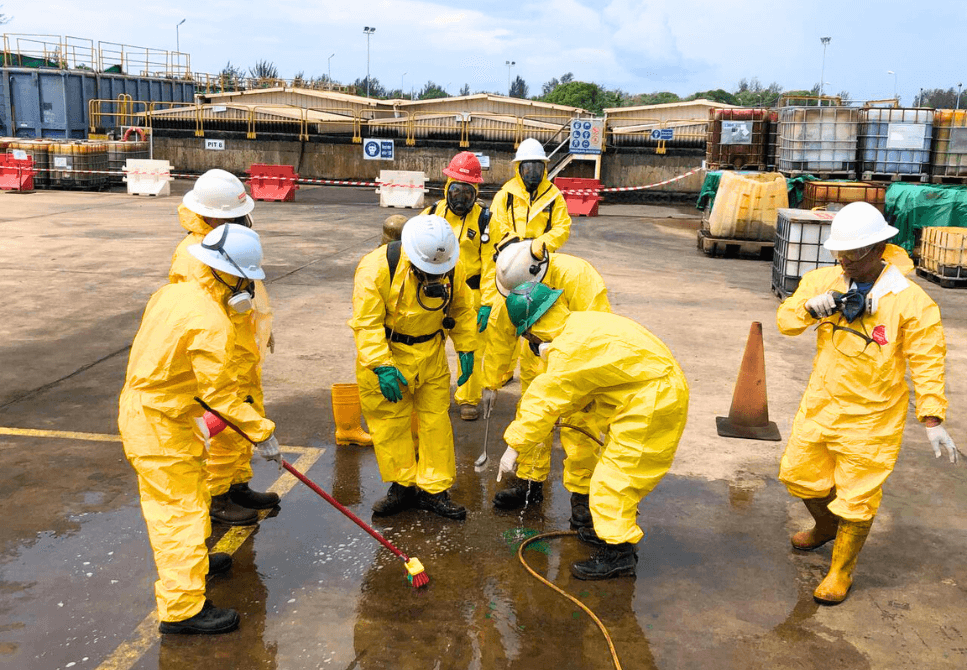
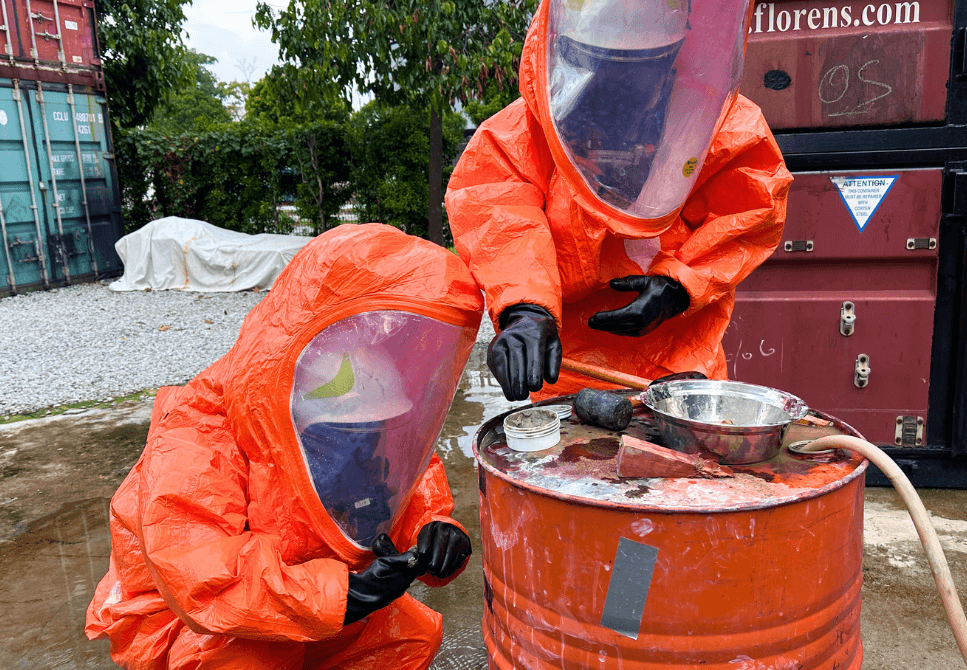

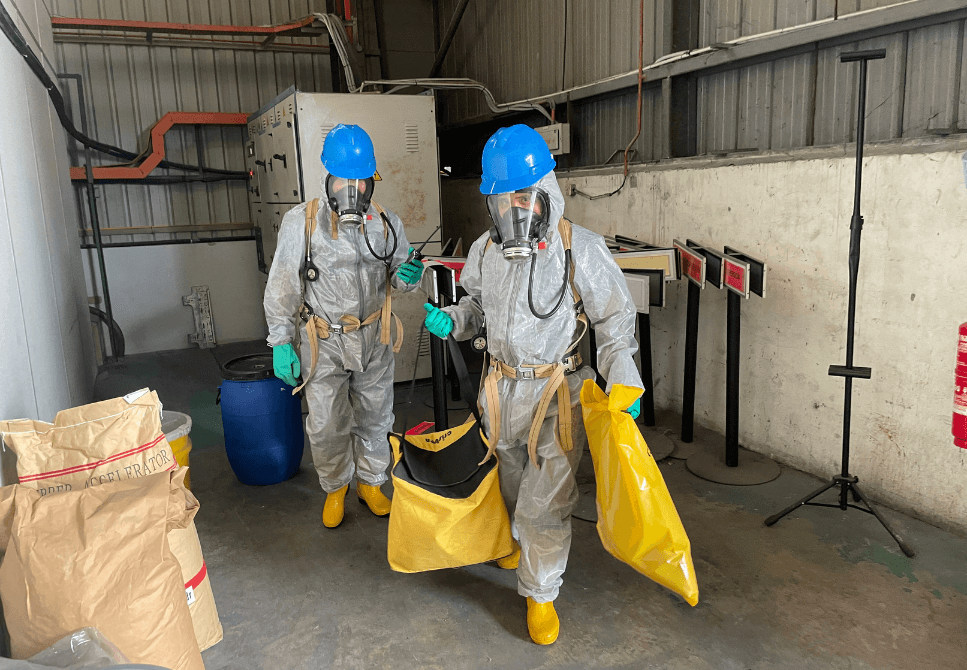
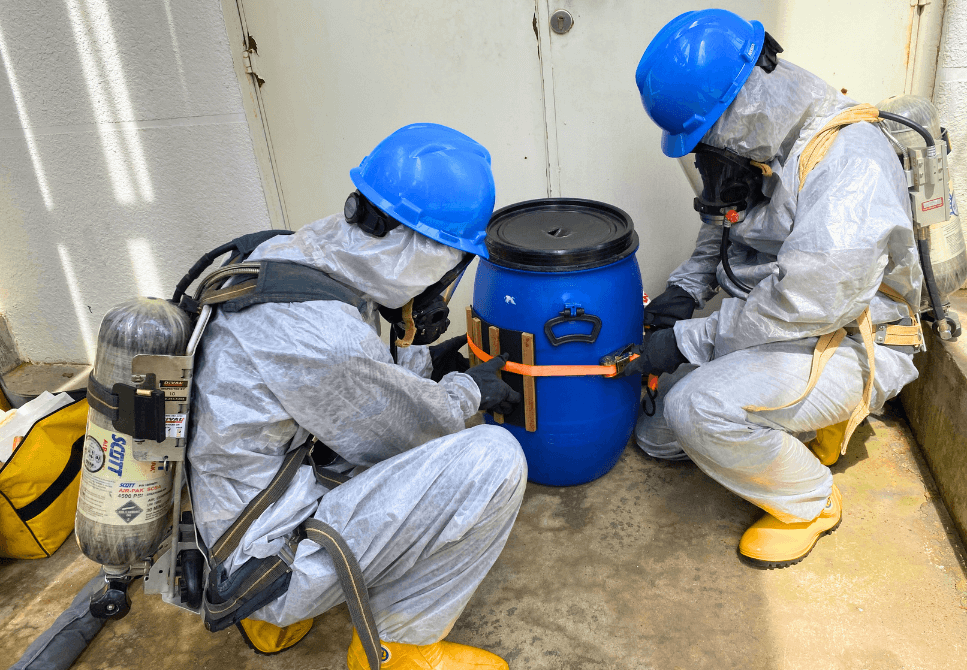
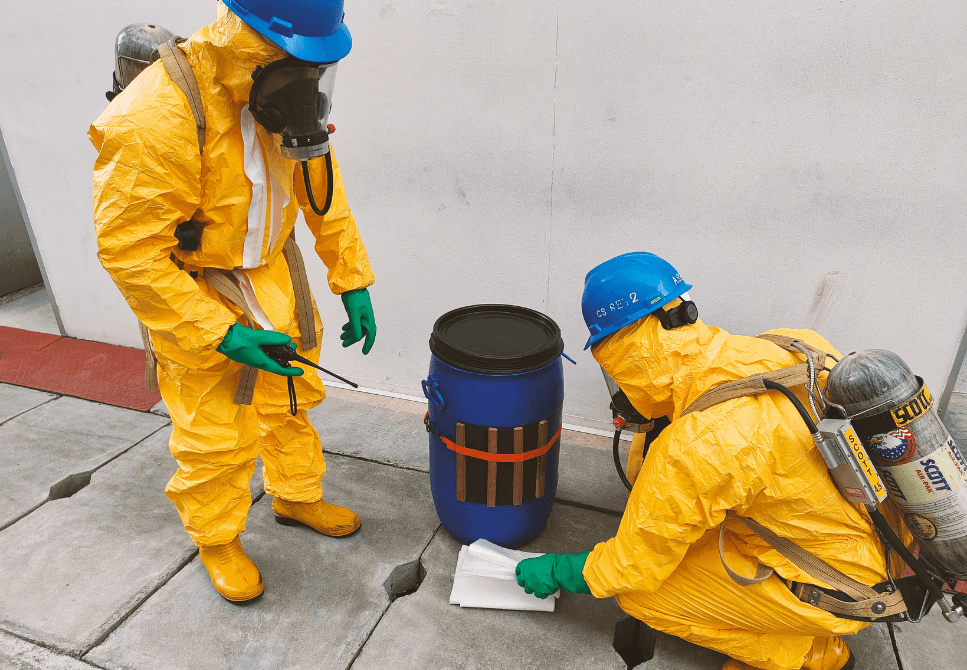
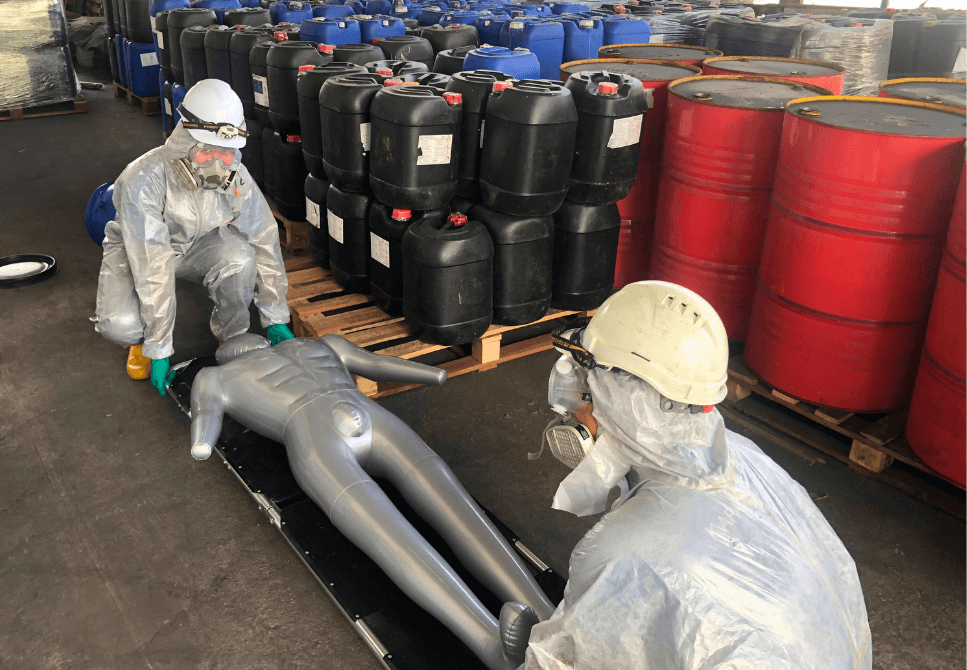

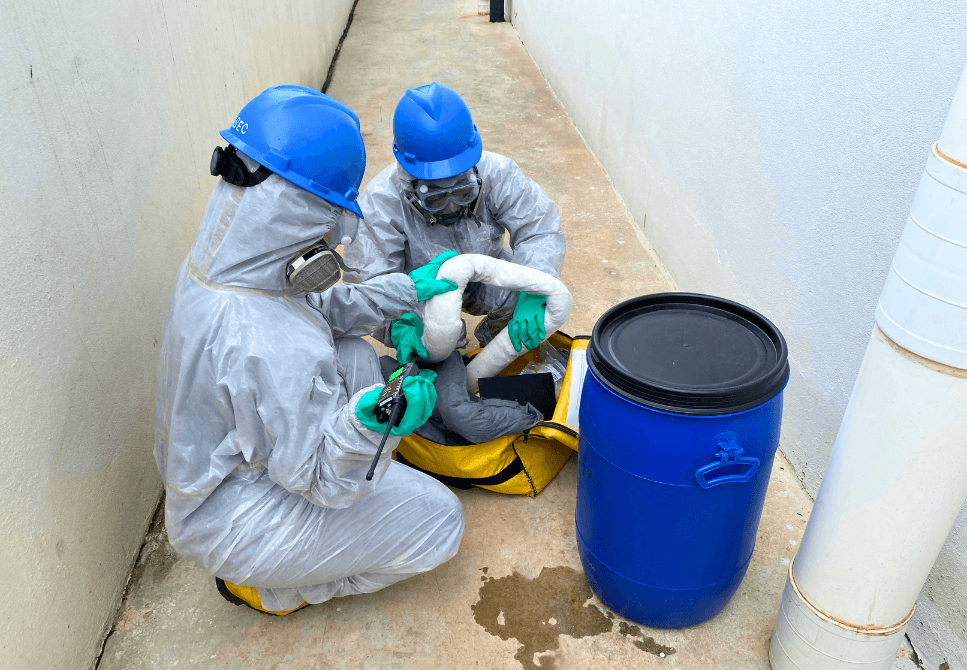
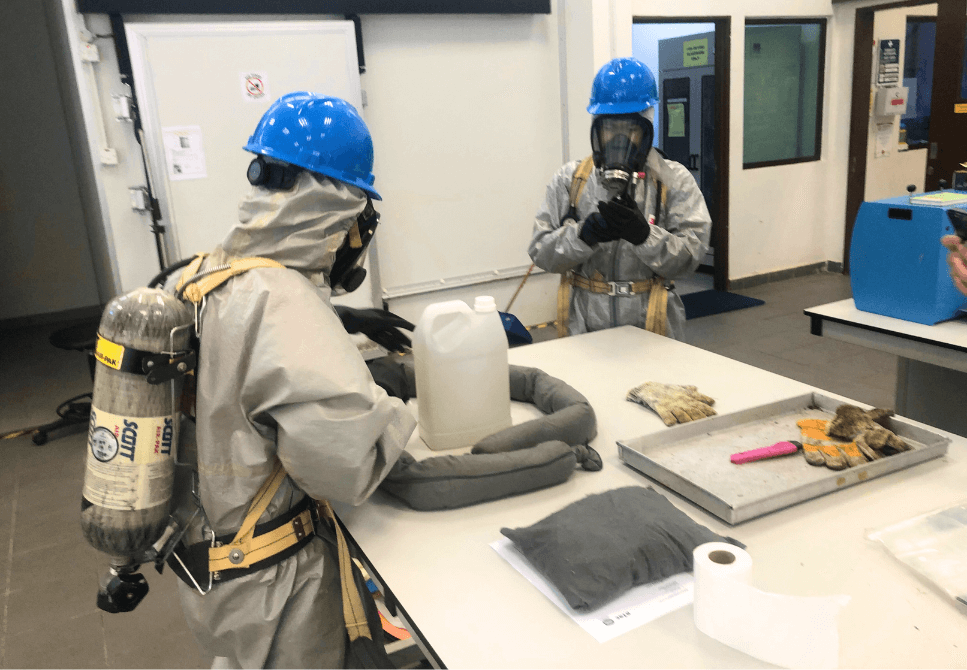
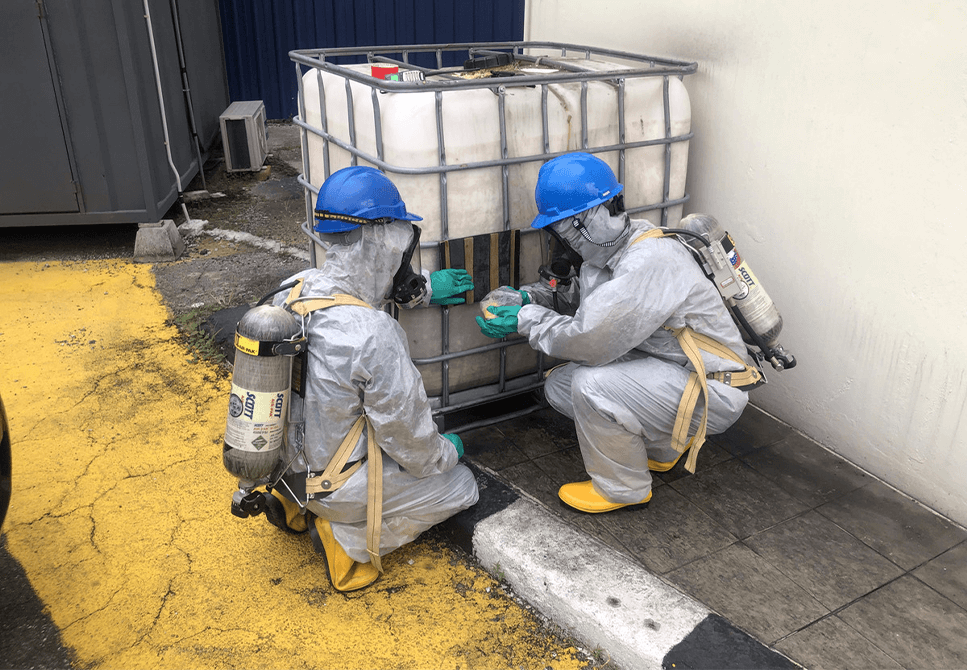











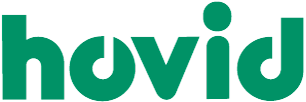
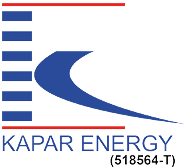






Hazmat response training can make a difference in workplace
Ensure the hazardous material spillage or leakage is managed immediately until the arrival of professional help.

Motivating & inspiring
Confidence is crucial in volunteering to act during a hazardous material spillage or leakage incident.

Engaging & realistic
Actionable skills are taught through theories, practical, and mock drills.

Professional trainers
ASEC’s trainers are qualified and continuously improved to deliver effective training.

Tailored curriculum
There is no one-size-fit-all. Curriculum can be tailored for your industry and needs.
Professional hazardous material response trainers
Our training obtains an average of 4.9 stars out of 5 on Google Review.

Mr. Nur Syahril Izwan bin Rameli
International Trainer

Mr. Muhammad Zharif Akmal bin Md Zakki
International Trainer
Course outlines of hazmat response training
Let us know if you have specific requirements or needs.
| Components / Trainings | Awareness | Basic | Technician | |
|---|---|---|---|---|
| Introduction to hazardous materials | Classes of hazardous materials | Fully customizable based on your organization's needs | ✔ | ✔ |
| Hazardous materials chemistry | ✔ | ✔ | ||
| Toxicology | ✔ | ✔ | ||
| Hazmat equipment | Hazmat personal protective equipment | ✔ | ✔ | |
| Respiratory protection | ✔ | ✔ | ||
| Hazmat zones & facilities | ✔ | ✔ | ||
| Gas monitoring | ✔ | ✔ | ||
| Hazmat operation | Recognization | ✔ | ✔ | |
| A. P. I. E. process | ✔ | ✔ | ||
| Detection, monitoring & sampling | - | ✔ | ✔ | |
| Response objective development | - | Defensive | Offensive | |
| Incident management system (ICS) | - | ✔ | ✔ | |
| Decontamination | - | Usage of emergency facilities available | Setting up decon facilities | |
| Product control | - | Defensive (containment) | Offensive | |
| Demobilization & termination | - | ✔ | ✔ | |
| Scenario-based learning | - | ✔ | ✔ | |
| Major case response | - | - | ✔ | |
| Theoretical & practical assessments | - | Theoretical only | ✔ | |
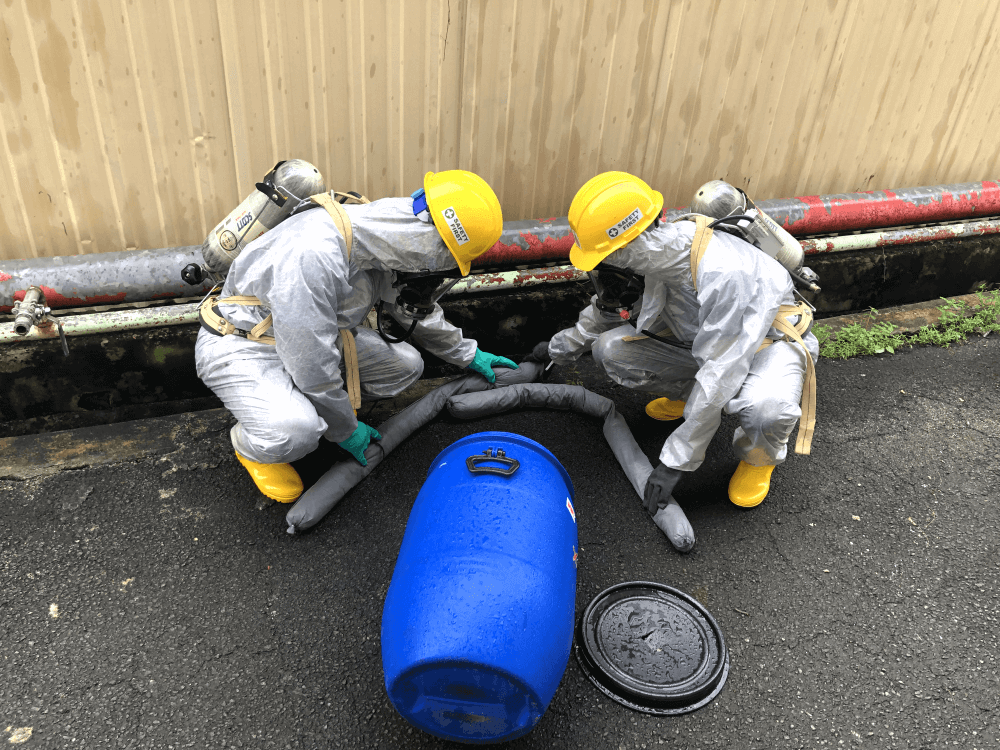
Hazmat response training conducted at your workplace
For organizations that value the employees’ preparedness in facing hazardous material spillage and leakage incidents.
